Personal Finance
How Much the Average Millennial Could Make With a Cash Back Credit Card
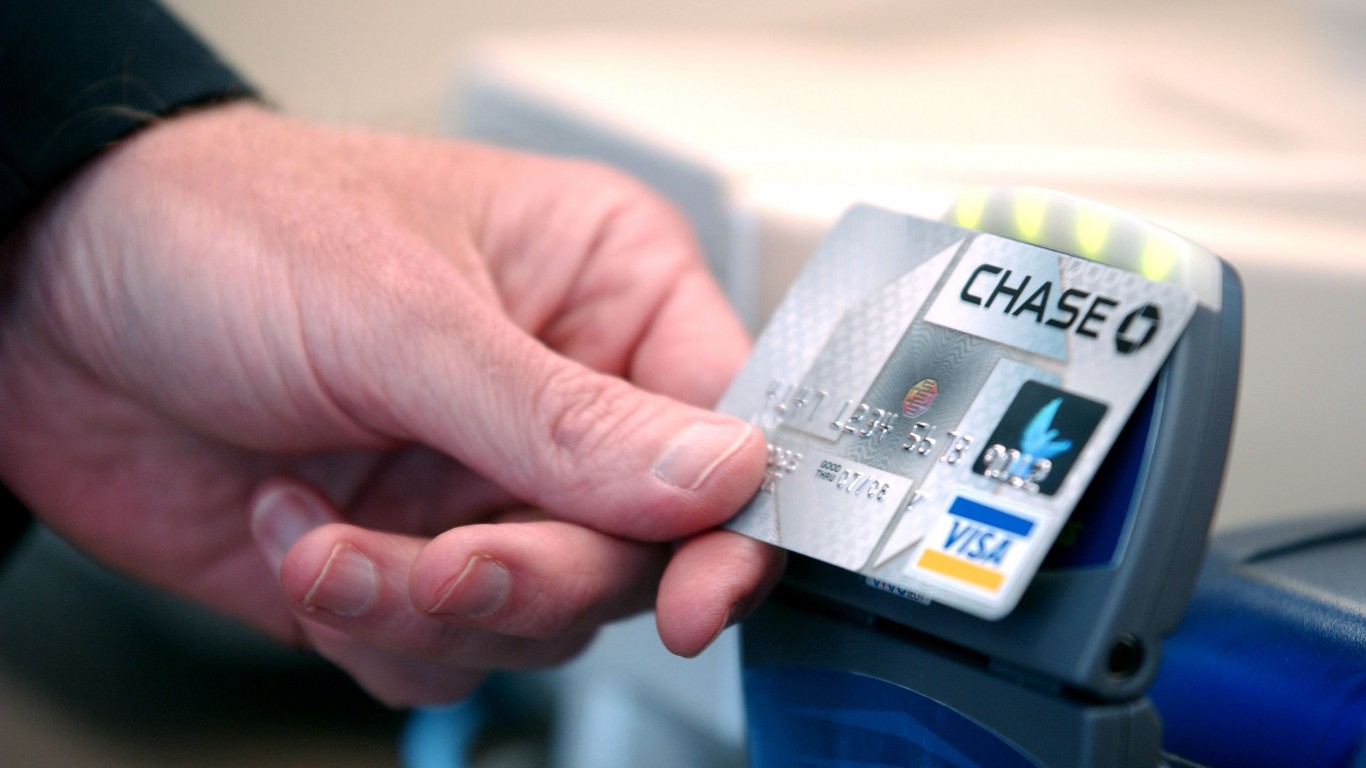
Published:

As American consumers are feeling the squeeze of late-stage capitalism more and more, credit cards are continuing to emerge as the preferred method of payment, for Millennials, who make up $600 billion of annual spending power in the United States. When compared to the other generations, Millennials have distinctive spending habits: mostly online, sticking to brands they love, preferring generic brands, and making at least one impulse purchase per month on average.
Cashback rewards vary between cards depending on their category.
Choose a card you can afford, don’t expect the rewards to offset a bad budget.
The right cash back credit card can earn you hundreds, or thousands of dollars a year for free. Click here now to see our top picks. (Sponsor)
On average, millennials spend 36% of their income on rent, and 40% of millennials make value-driven purchases. Millennials care about what retailers ethically stand for. The most popular retailers among Millennials are Target and Amazon, with 47% of Millennials shopping on Amazon at least once per week. They also prefer experiences, travel, and entertainment compared to other generations.
These spending habits match up particularly well with cashback credit cards, and the benefits of cashback credit cards could really maximize the value of what Millennials are already spending their hard-earned cash on anyway.
If you need help choosing the right cashback credit card, we have a helpful list of the best ones.

There are three different types of cashback credit cards, which makes it convenient to utilize them in a way that is customized to Millennial spending patterns. The first type is the most common, flat-rate cashback. This type of card offers a cashback rate that is usually low but applicable to every purchase. It can be as high as 3%.
The second kind of cashback card is called tiered, sometimes referred to as bonus category cards. These cards offer different tiers of cashback based on category or specific retailers. Store credit cards would fall into this category.
The last kind of cashback card is called a rotating category card. With this card, tiers exist like a tiered card, but the categories they apply to change quarterly. There is usually a cap to how much you can spend within the bonus category, usually $1,500. After the cap is reached, that category returns to earning the flat rate of cashback. That means the consumer could earn about $75 per quarter from the 5% category if they maximized the rotating system.
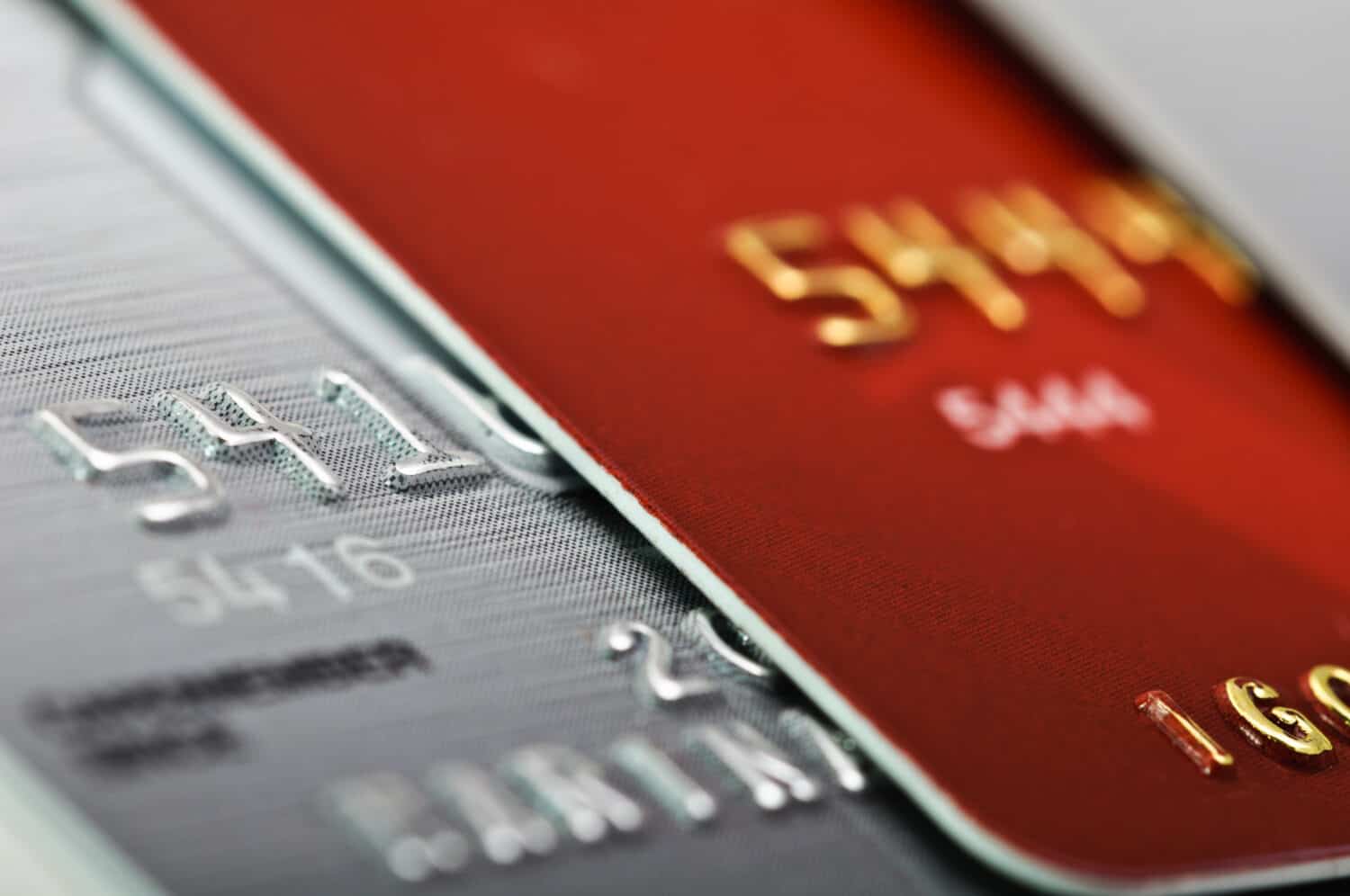
Cashback credit cards offer a flexible and comprehensive reward: cash! The best part of these cashback rewards is that they are tax-free (almost like a secret passive income?). And although it doesn’t counteract the suffocation of ever-increasing inflation trends, every green cent counts.
You can receive the cashback rewards in several different ways, depending on the card. This could look like statement credits, money deposited into your bank account, points that can be transferred to different loyalty programs, gift cards, and even a physical check snail-mailed to your door if you so choose.
Cashback rewards also don’t ever expire. They can be redeemed while they are earned, and sometimes can be left to accumulate and rollover from year to year- whatever you choose! The average cashback credit card will earn you anywhere from 1%–5% cashback, sometimes even as much as 8%. Is this life-changing money? Most likely not, or maybe it is. Only you can say for sure. Any money that you can retain from your hard-earned income is worth the effort of retaining. A dollar spent is five cents earned, or whatever that old saying is.
Another amazing advantage is that almost all cashback credit cards come with sign-on bonuses of $200–$300. Free money on the table! They also try to entice you by offering 0% interest rates for your first year or longer, and most are even void of annual fees. This makes it easy to strategize and to card-hop, or try out different ones each year, and keep earning those sign-on bonuses!
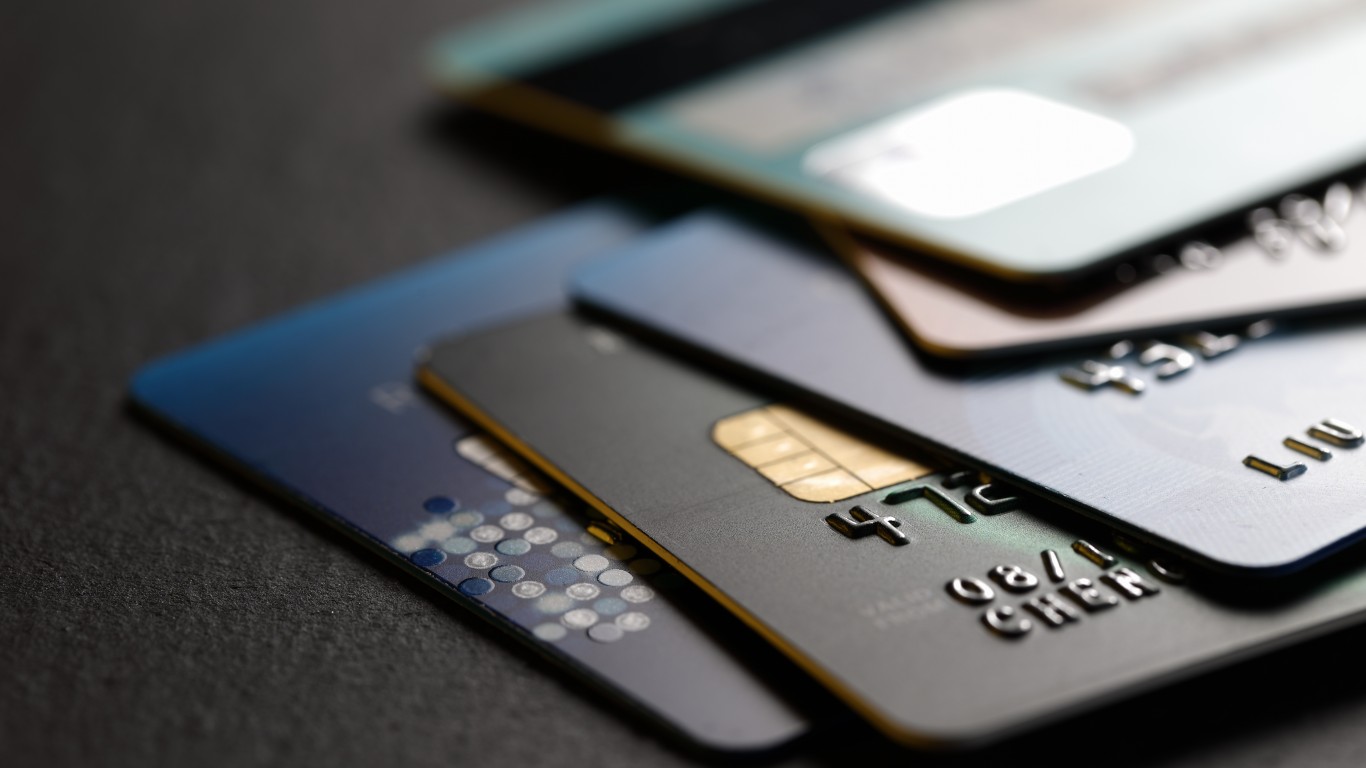
There are only a few drawbacks to cashback cards compared to standard credit cards: you might be tempted to overspend. Because of the high interest rates after the 0% interest period, accumulated interest might counteract your cashback rewards. Or, you could even look at it as the rewards paying for the interest: I’m not going to tell you how to use your rewards.
Other cards have higher cashback rates, but might also come with high annual fees. If you don’t look at your own spending habits honestly, the rewards might not offset your annual fees. With any contract, it’s important to read through all the paperwork thoroughly and understand what you are agreeing to. It is never a poor decision to talk to a financial planner if you aren’t certain what the best financial moves for you are. Not everyone inherits generational money knowledge, and not everyone gets taught this information in school.
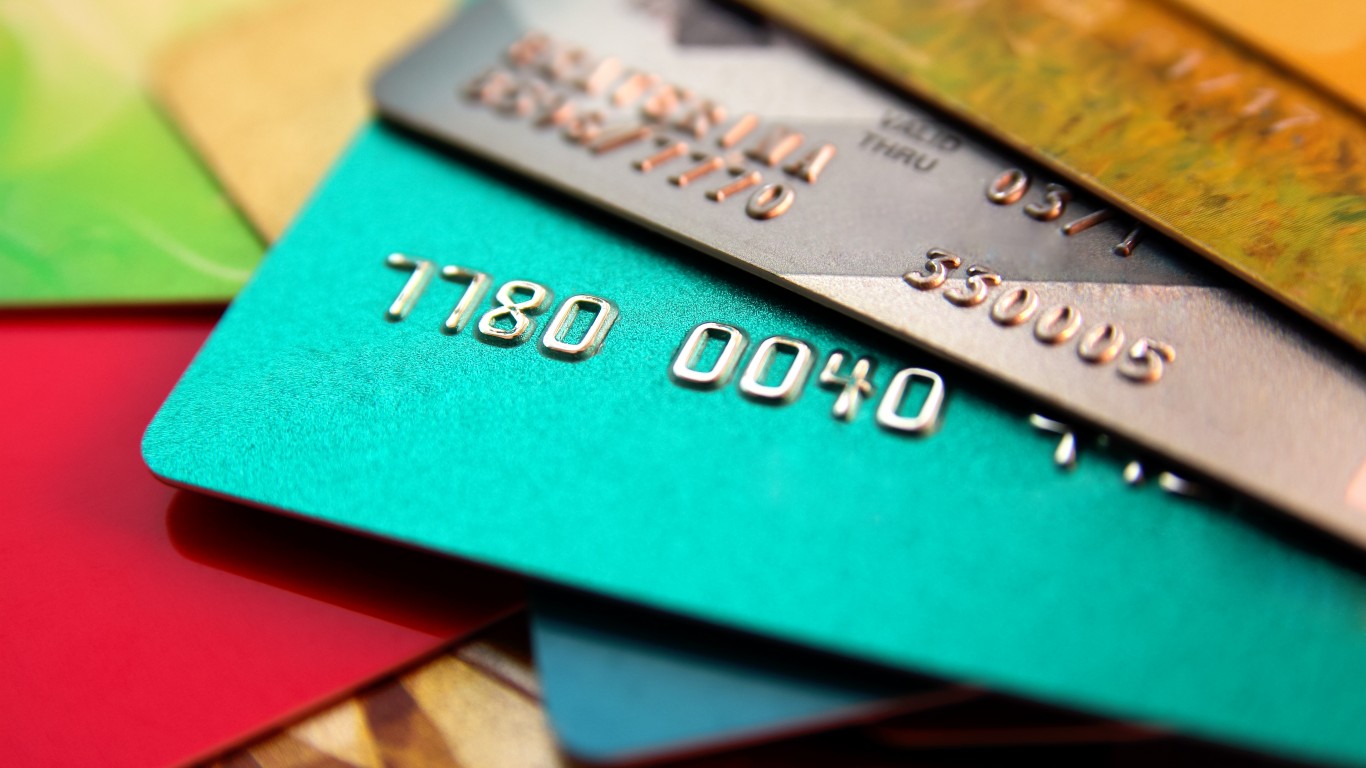
Firstly, it isn’t immoral to have credit card debt, but it might not be the best course of action for most millennials who are barely hanging on. If you have credit card debt, you aren’t alone: The average American Millennial has $6,521 of credit card debt. The point is, that having credit card debt doesn’t make you a failure or a bad person. Only you can decide how much rolling debt you are comfortable with, and whatever that amount is doesn’t say anything about your character. A lot of people use their debt to their advantage. Again, a financial planner might be able to help you learn how you can do that for your own finances.
Paying your monthly balance on credit cards builds your credit score which can help you get better interest rates, lower mortgage rates, and lower car payments. One of the silly little things about the capitalist system we use in our society is that the more money you spend, the more deals and benefits you earn.
The average Millennial has about three credit cards, and that isn’t a bad thing. If one or more of your cards have a 0% interest rate, utilizing that would be a good thing. Even so, establishing responsible spending habits can help keep you in control. Unchecked credit card debt can spiral into something unmanageable easily.
A lot of cardholders find success with automatic credit card payments for at least the minimum amount to ensure their interest isn’t piling up. Card issuers even offer alerts via text messages and emails when you make a large purchase, if your balance exceeds a set-by-you amount, and even when the due date is approaching. Being financially aware can be stressful, but it is a stress that will benefit you in the end.
A form of debt consolidation that a lot of cardholders utilize is called a balance transfer credit card. Some cards offer 0% balance transfer, meaning that if the end of the 0% interest rate period is approaching, you can pay off your credit card debt with another credit card (ideally one with 0% interest), to keep avoiding interest rates. There are other strategies like debt snowballing and debt avalanching that can help you most effectively pay back your debt.
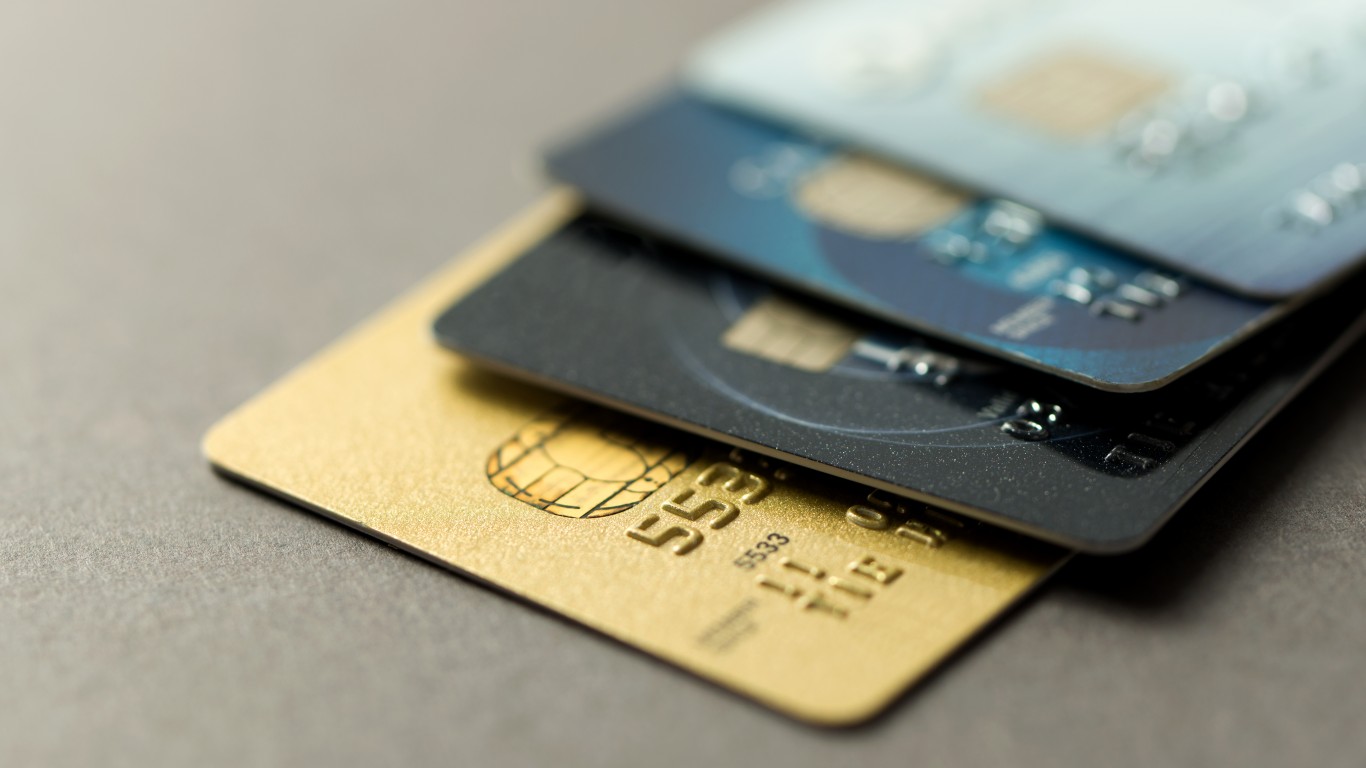
To get a better picture of this, we need to know what Millennials are actually spending their money on for continuity’s sake. According to our research, this is what the average Millennial spends in a year separated into distinct categories:
Remember, this spending is per person, not per household. So, if more millennials are living with you, keep that into consideration when using our sample budget. Using these statistical national Millennial averages, we will explore how much each type of cashback credit card would earn the average Millennial American. Please note that in these calculations, Housing and Health Insurance won’t be included because most providers of these services don’t accept credit card payments.
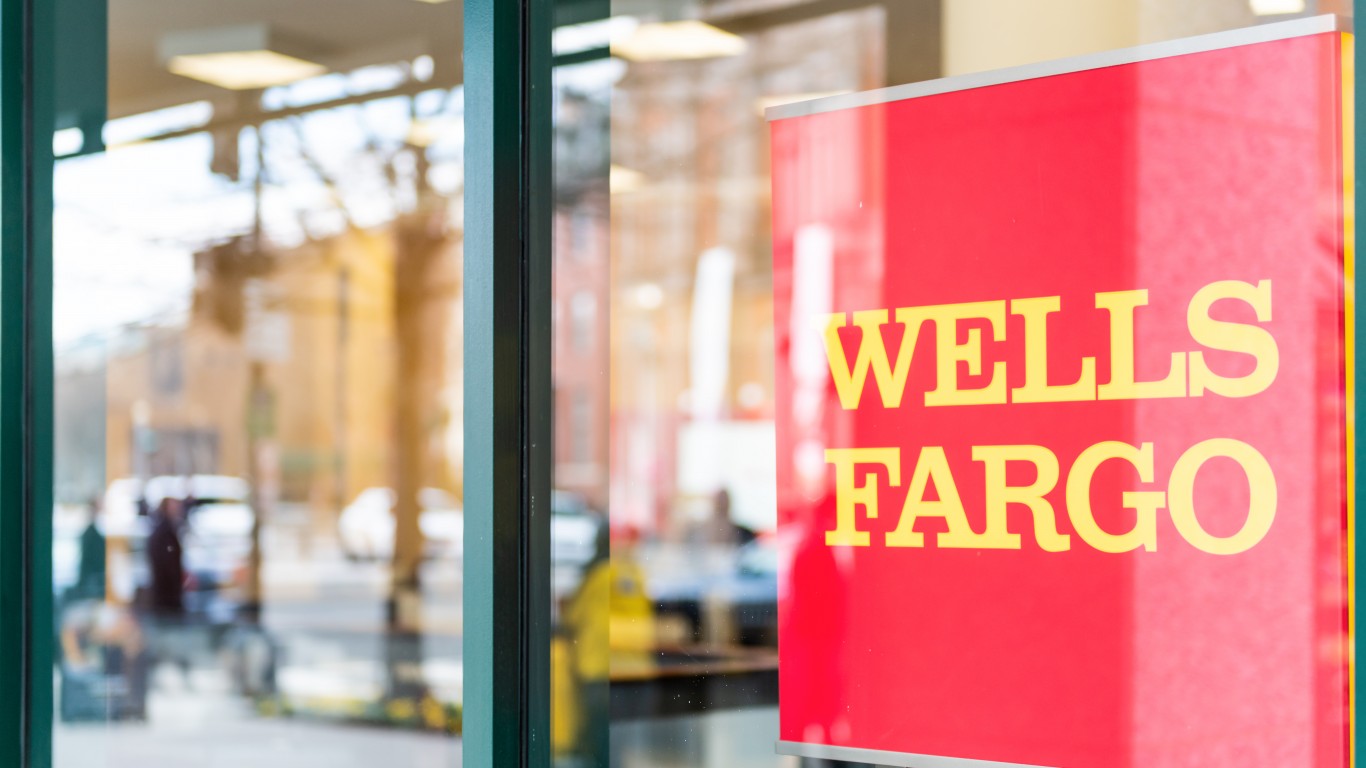
If the average millennial spends $38,038 per year in all categories except for Housing and Healthcare, the cashback rewards for this card including the introduction offer would be $960.76. Something else to notice is the generous introduction interest rate of 0% for the first 12 billing cycles. The 0% introductory APR also applies to balance transfers. This card also includes up to $600 of cell phone protection if your phone is damaged or stolen, and exclusive access to the Visa Signature Luxury Hotel Collection, and Visa Concierge. The Visa Concierge can assist you with booking event tickets, dining arrangements, travel, and more. Visa perks at a Visa Signature Luxury Hotel will offer the cardholder benefits such as free breakfast, food credits, and room upgrades.
Some holders might view the fact of no bonus categories as a drawback, but the no-hassle flat rate can really come in handy if remembering to activate bonus categories doesn’t sound like something you would remember to do. There are several ways to redeem the cashback rewards: Wells Fargo ATM withdrawals (in $20 increments), Wells Fargo direct deposit, mailed paper checks, gift cards, Wells Fargo mortgage, Wells Fargo Loan, Wells Fargo Credit Product Account, or statement credit. So, whether you bank with Wells Fargo might be a factor in your decision to utilize this card as well.
Our Calculations
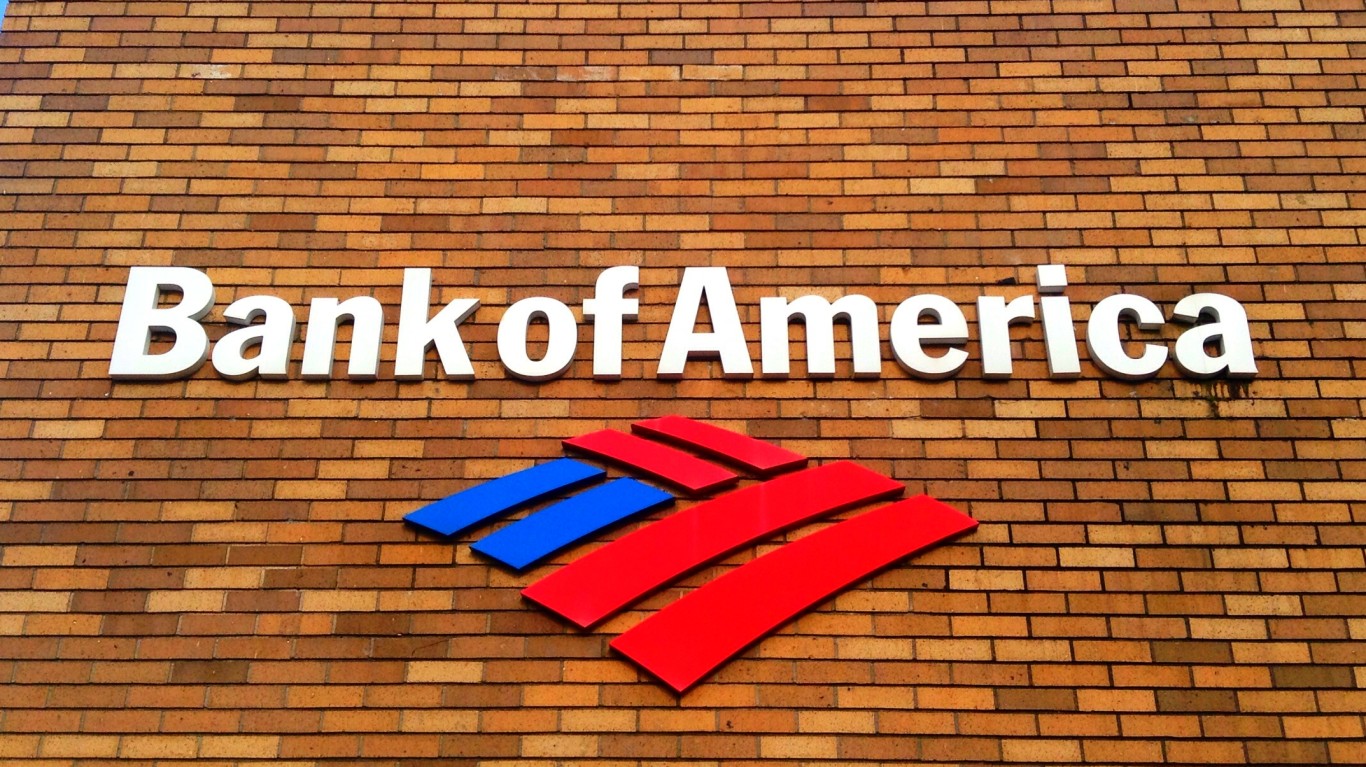
The Bank of America Unlimited Cash Rewards Credit Card has the redemption options of statement credit, or deposits directly into a Bank of America Account, or deposited into a Merrill account. Something else to know is that the introductory interest rate of 0% is applicable for 15 billing cycles, and balance transfers within the first 60 days. After that, the Variable APR is 18.24%–28.24%. Using our Example Millennial Budget, the total rewards would equal $770.57.
Something a little bit extra good for consumers that are Bank of America loyalists is that there are opportunities to earn even more rewards including Relationship bonuses if you keep at least $20,000 with the bank. For the Platinum Honors Tier or higher (requiring at least $100,000 kept with Wells Fargo) the flat rate increases to 2.625%. If you happen to be an ultra-rich trust-fund millennial, this might be the card for you!
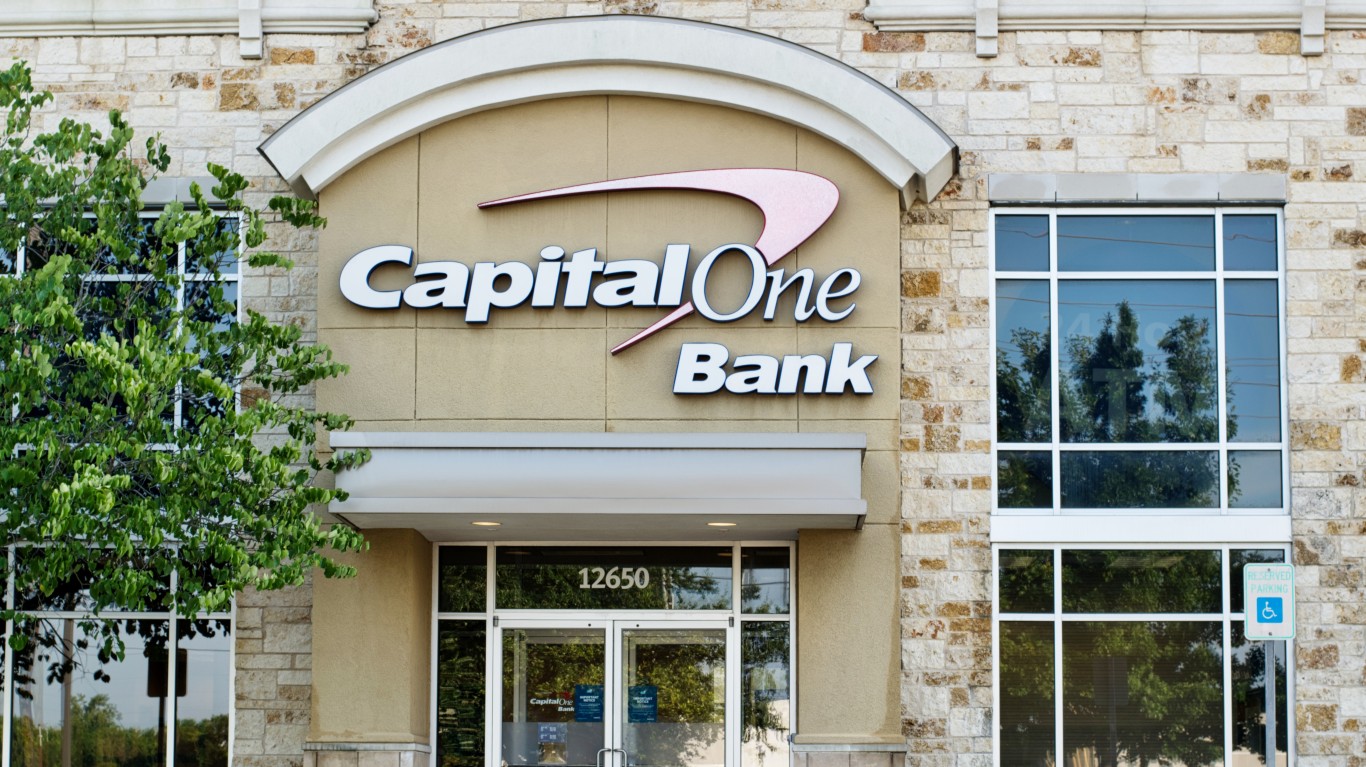
This Capital One card offers four different tiers: 8% cashback on Capital One Entertainment purchases, 5% cashback on hotels and rental cars, 3% cashback at grocery stores, entertainment, and streaming services, and a flat rate of 1% on everything else. This card is a great choice for consumers who like to eat out and eat in. For food, you aren’t likely to find another card that offers 3% back on both categories. The only drawback is that it requires good to excellent credit.
So, if the Average Millennial spends $10,446 on food and $3,504 on Entertainment that would equal $418 cashback in the 3% tier, We can estimate $2,500 of the Travel expenditure could be spent on hotels and rental cars with a 5% cashback of $125 and 1% on everything else with a cashback of $210. In addition to the $200 sign-on bonus, the user would be left with $953 in cashback by the end of the year.
Our Calculations
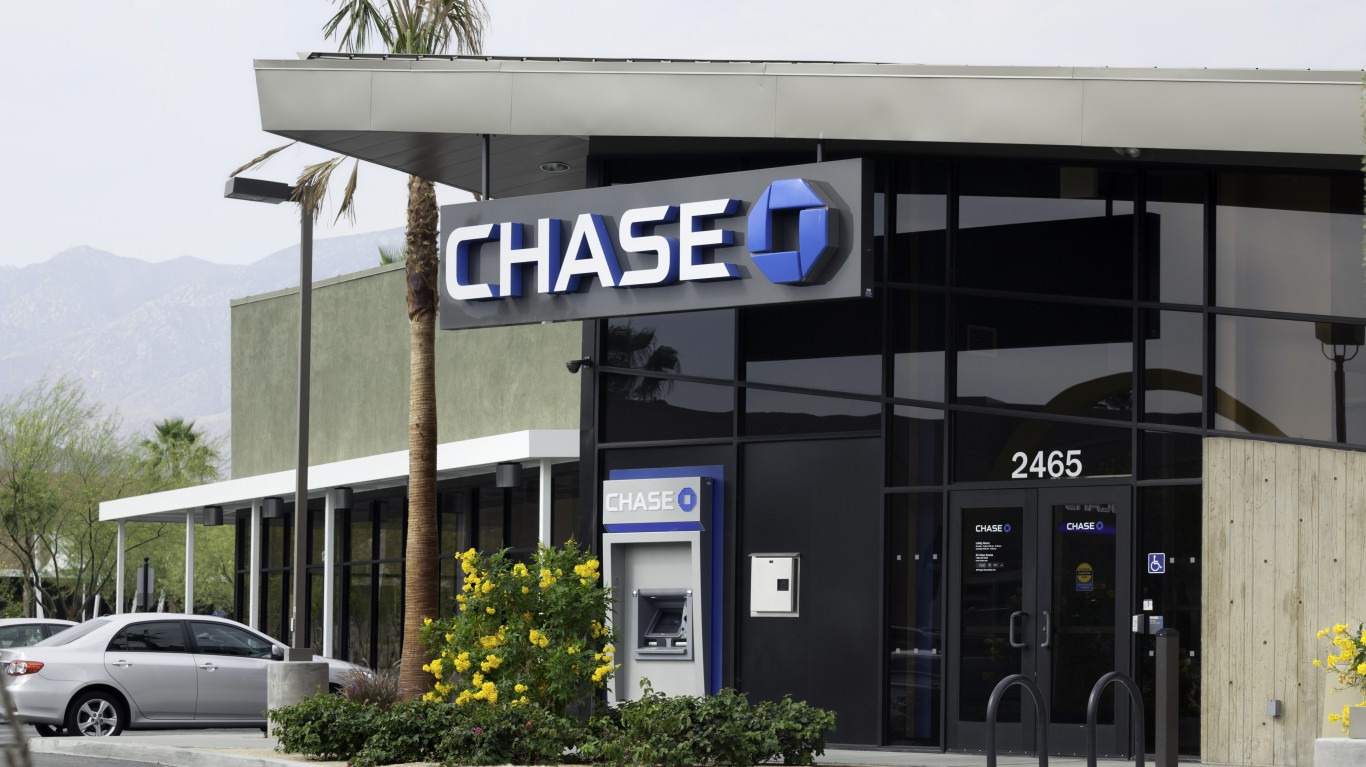
This card has many other benefits besides its additional 1.5% cash-back deal applying to all categories for your first $20,000 of spending (effectively equaling a $300 sign-up bonus). The highest tier for travel is 5%, restaurants, food delivery, and drugstore purchases are 3%, and all other purchases are 1.5%. Some other benefits include protection benefits like warranty extension, purchase protection, trip insurance, and even travel and emergency assistance.
Calculating the spending and tiers for Travel, Dining Out, Personal Care, and Everything else, the cashback equals about $777 with the effective $300 sign-on bonus, which equals $1,077.
Our Calculations
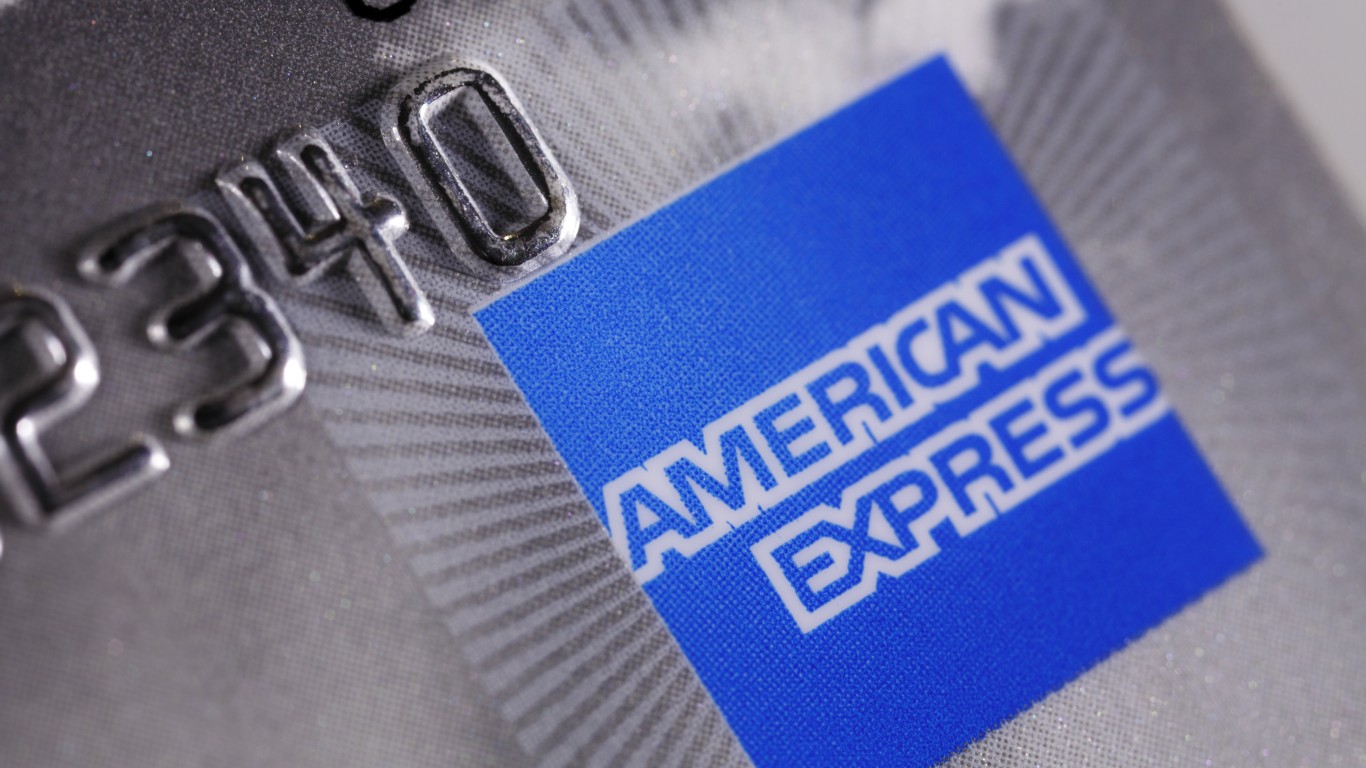
The 6% cashback is about the highest cashback rate available on the market. One of the drawbacks is that after the first year, the annual fee is $95, but if you are spending in the right categories, that might not be totally detrimental.
Users earn 6% cashback at U.S. supermarkets ($6,000 annual cap), 6% on U.S. streaming services, 3% cashback at gas stations, 3% on transit, and 1% for everything else. In addition to that, this card offers $84 in credit per year to subscribe to the Disney Bundle (Hulu, Disney+, and ESPN+) in the form of $7 statement credits per month. As of 2025, Disney+ Bundles come in different tiers ranging from $10–$20 per month. Another version of this card exists for users who have a Morgan Stanley brokerage account with an added bonus of $100 of statement credit per year.
Our Calculations
6% Tier
3%
1%
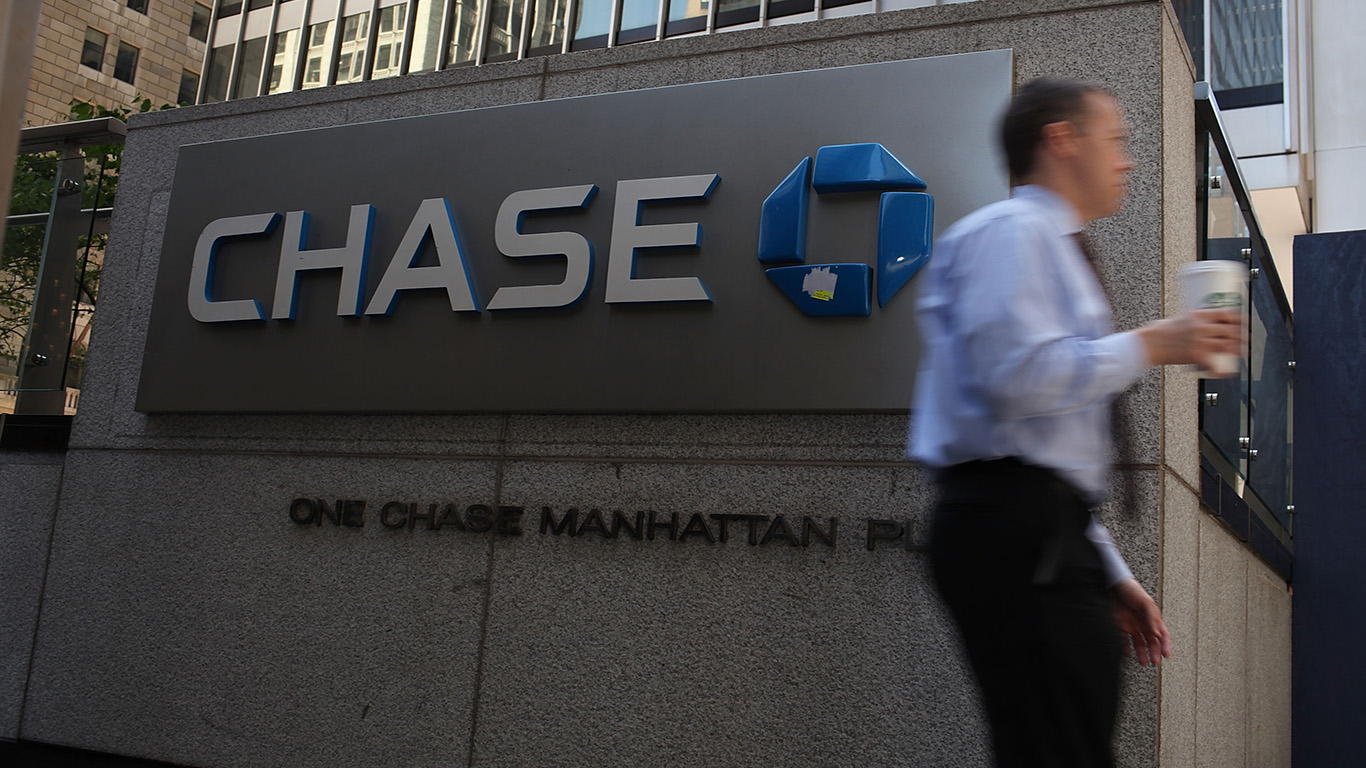
This Rotating card is one of the best with 5% cash back in rotating quarterly bonus categories on up to $1,500 in spending per quarter ($300 total per year). In addition to that, the highest fixed category is 5% back on Travel, 3% on dining, 3% back on drugstore, 5% back on Lyft rideshare for four months, and 1% back on everything else. Following our example budget, that equals $906 cashback or more.
There are also other benefits that come with this card, including a DashPass membership for three months, and a feature that allows you to transfer your cashback points to one of three other cards to increase their value from 1 point = 1 Cent to 1 point = 1.25–1.5 cents when redeemed for travel. Doing this would maximize our example reward points even further to equal about $919. Those three cards are the Chase Sapphire Preferred Card, Ink Business Preferred Credit Card, and the Chase Sapphire Reserve. From there, those supercharged points can then be transferred to a variety of different airline and hotel loyalty programs. Many Chase users use three different Chase cards for their “Chase trifecta,” rewards maximizing program.
Although this is one of the very most lucrative Rotating Category cards currently available, it does have some drawbacks. These drawbacks include a 3% foreign transaction fee, so any money spent internationally traveling will counteract the cashback. With this card, you also have to manually activate the bonus categories yourself every quarter. If this crucial step is forgotten, every purchase reverts back down to the flat 1% rate.
Our Calculations
(Withholding $6,000 (15% of each category) to easily calculate the bonus categories)
After two decades of reviewing financial products I haven’t seen anything like this. Credit card companies are at war, handing out free rewards and benefits to win the best customers.
A good cash back card can be worth thousands of dollars a year in free money, not to mention other perks like travel, insurance, and access to fancy lounges.
Our top pick today pays up to 5% cash back, a $200 bonus on top, and $0 annual fee. Click here to apply before they stop offering rewards this generous.
Flywheel Publishing has partnered with CardRatings for our coverage of credit card products. Flywheel Publishing and CardRatings may receive a commission from card issuers.
Thank you for reading! Have some feedback for us?
Contact the 24/7 Wall St. editorial team.